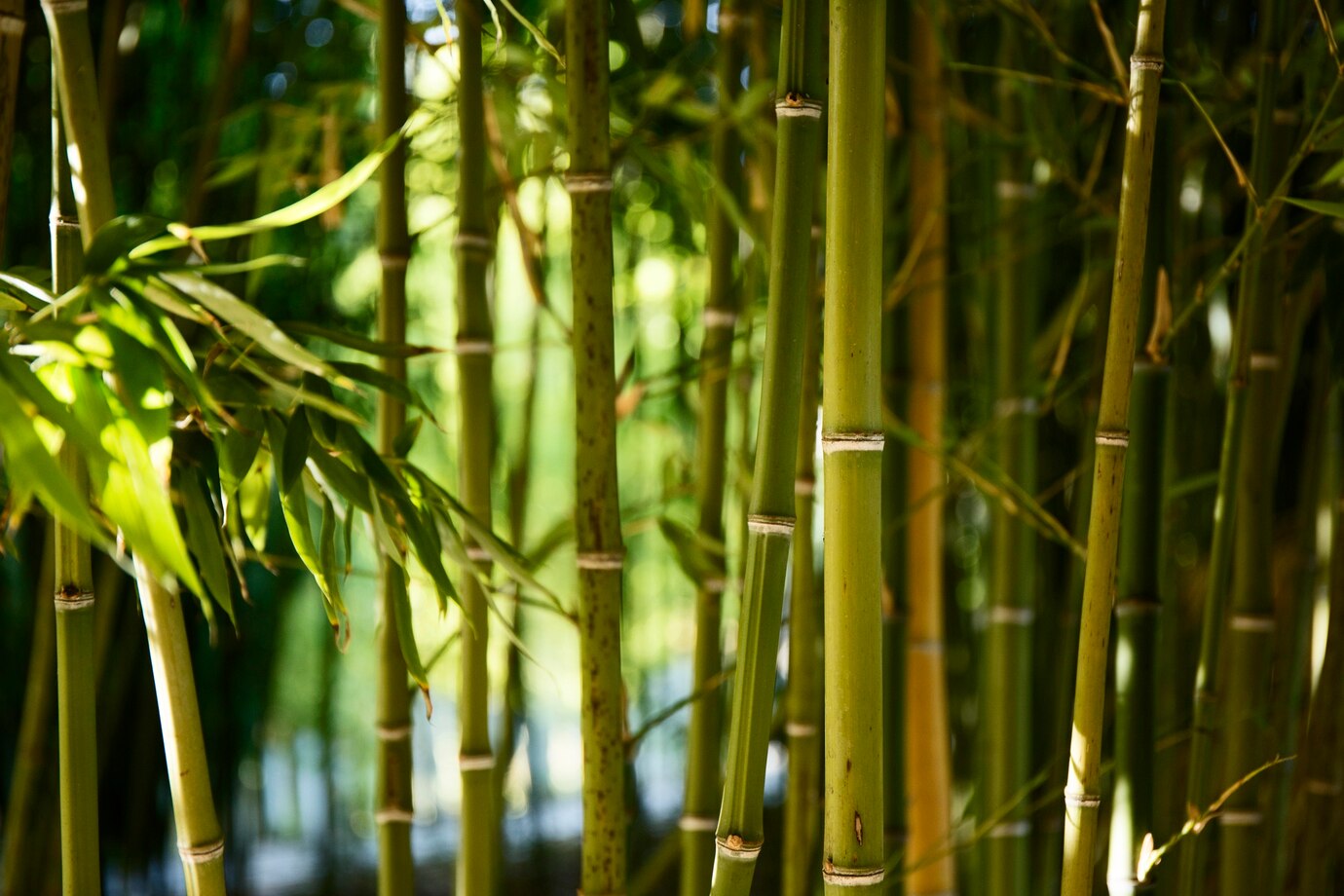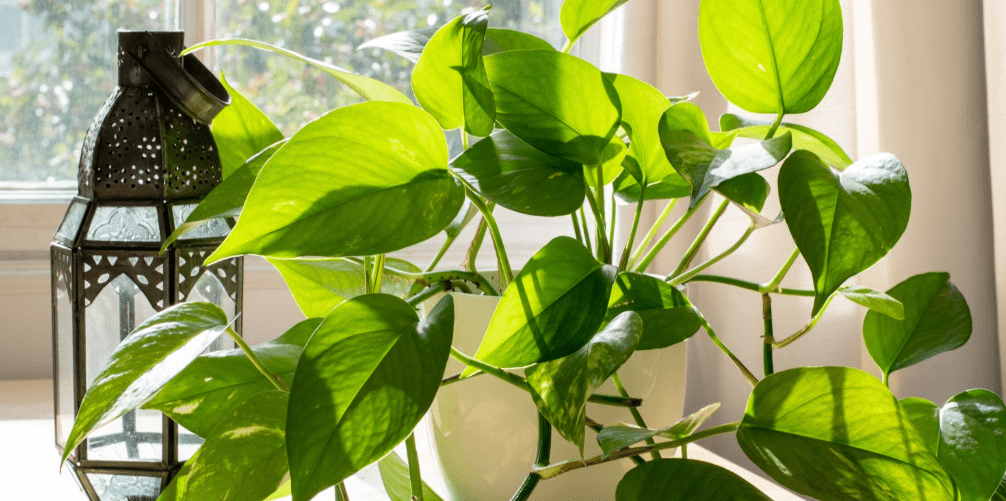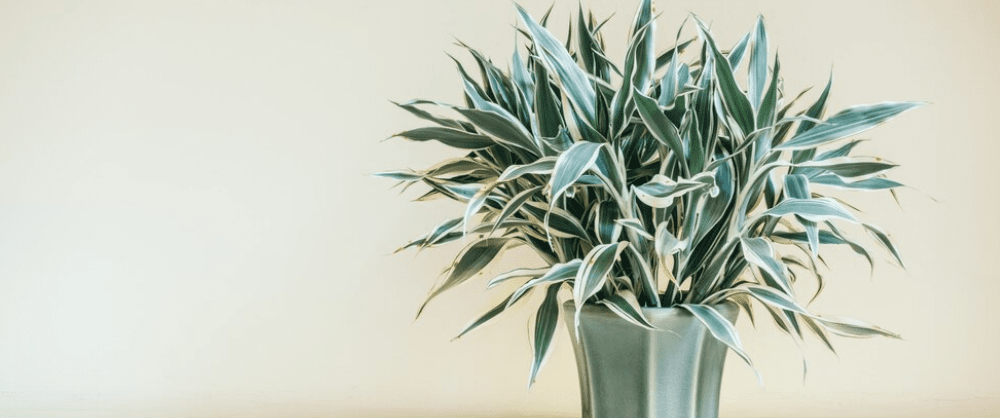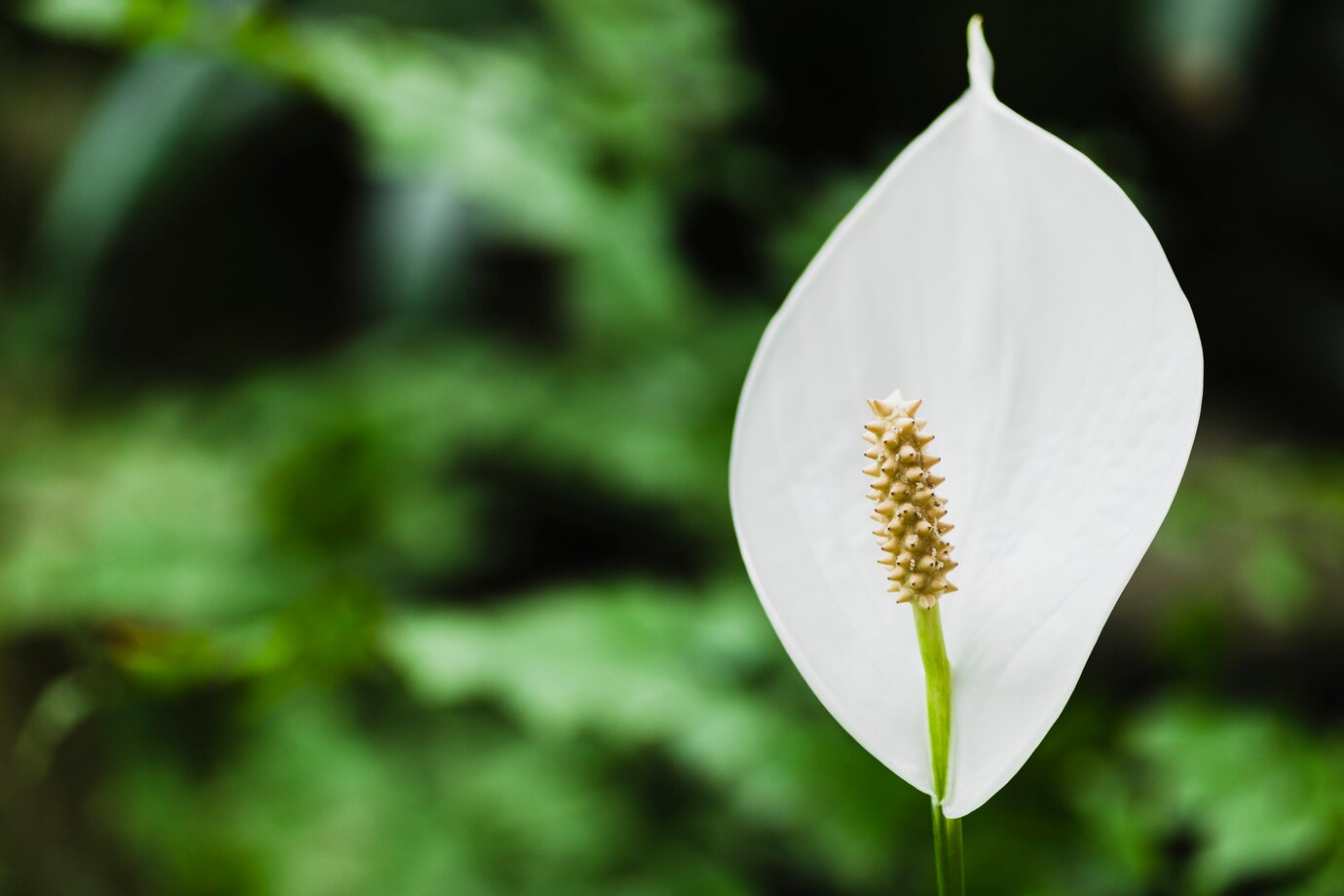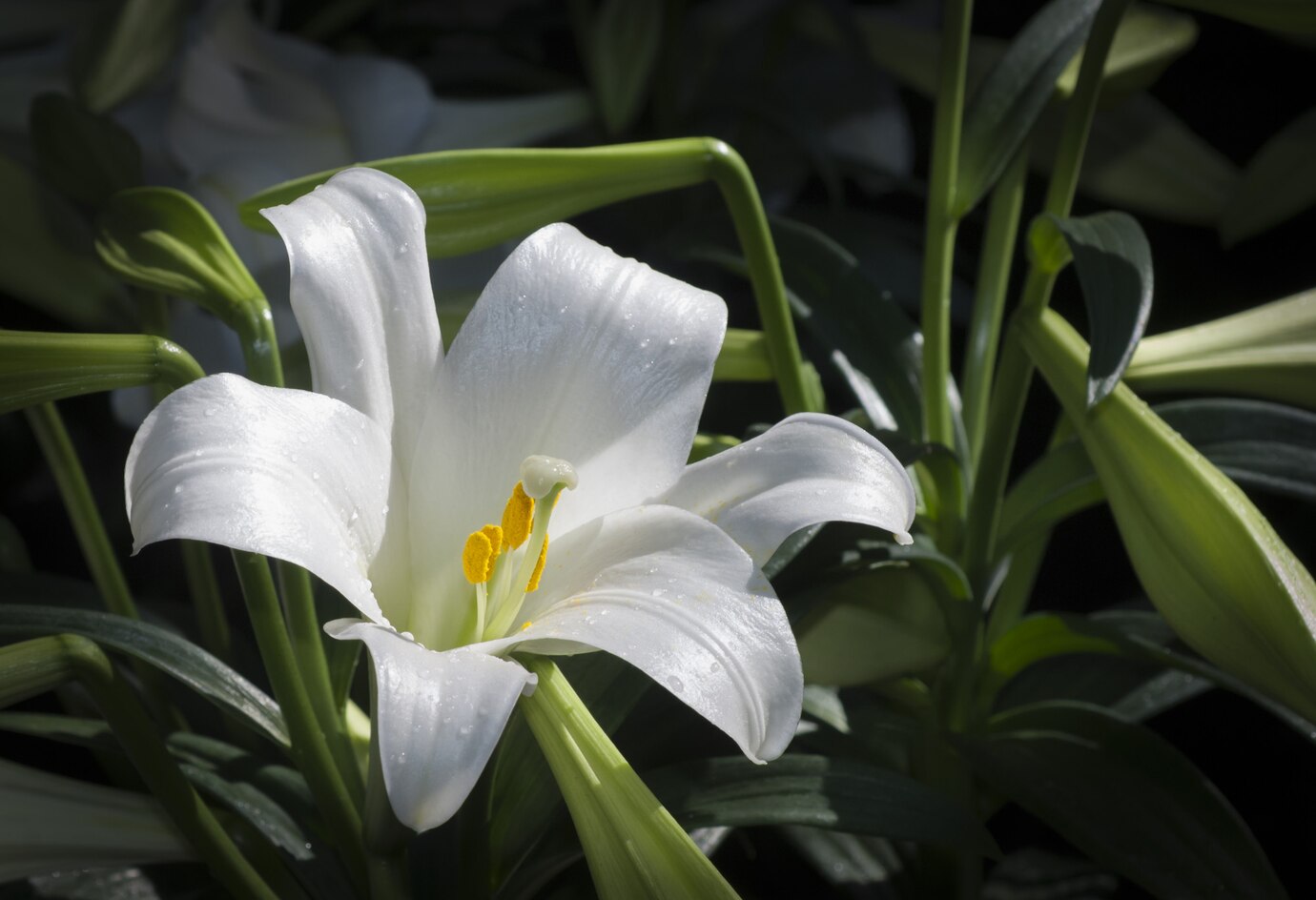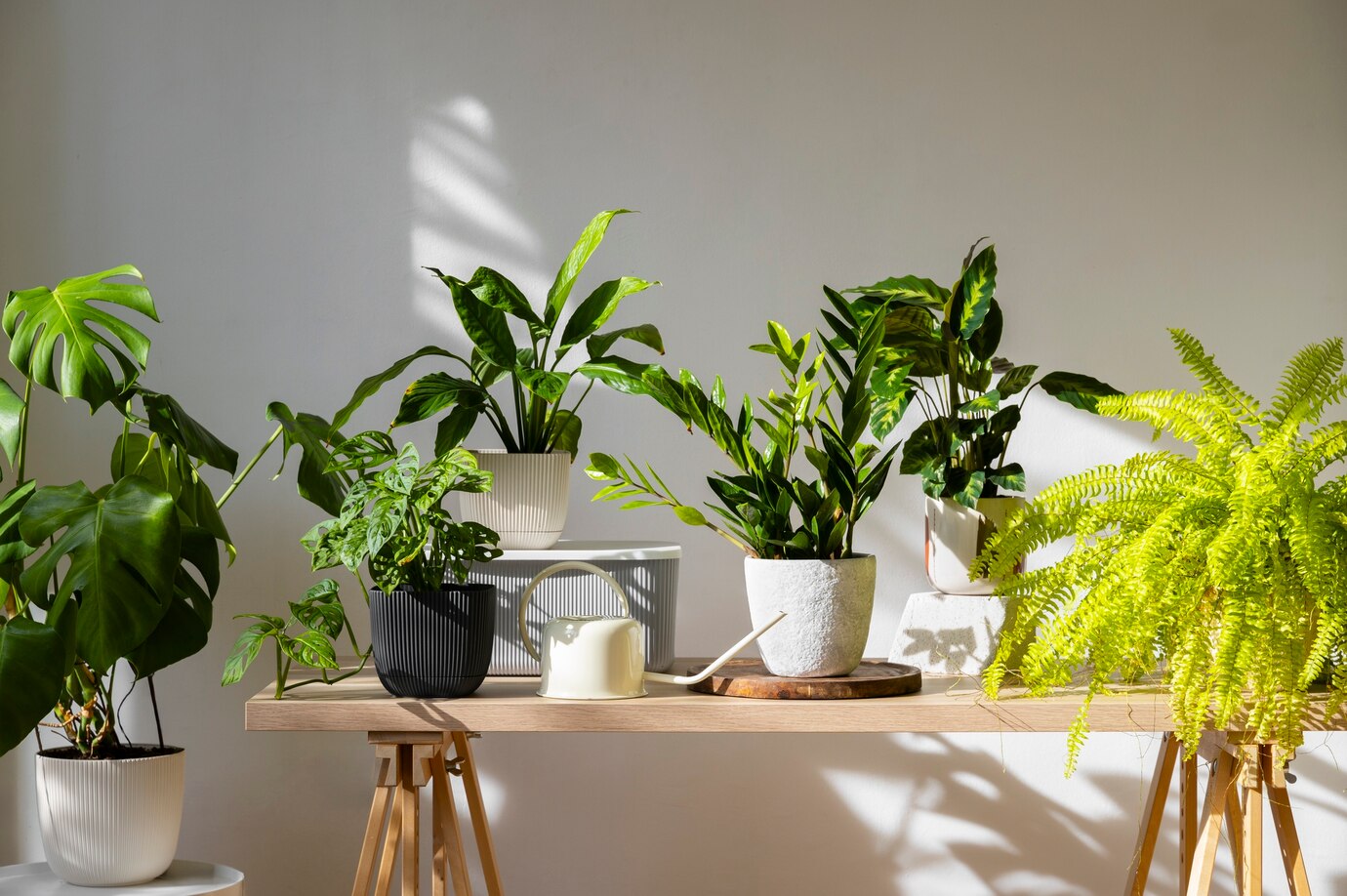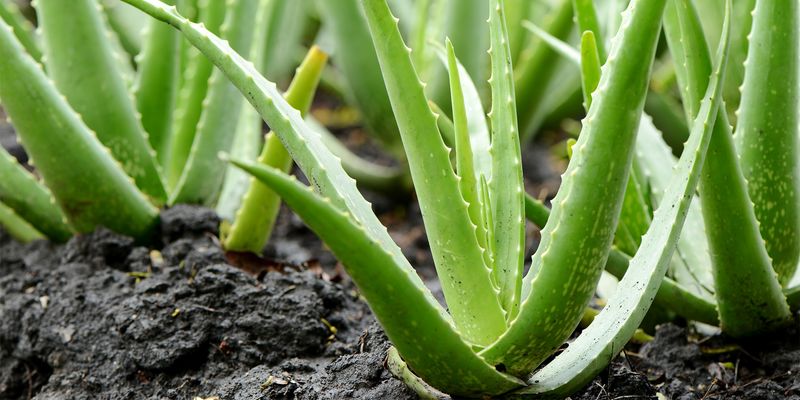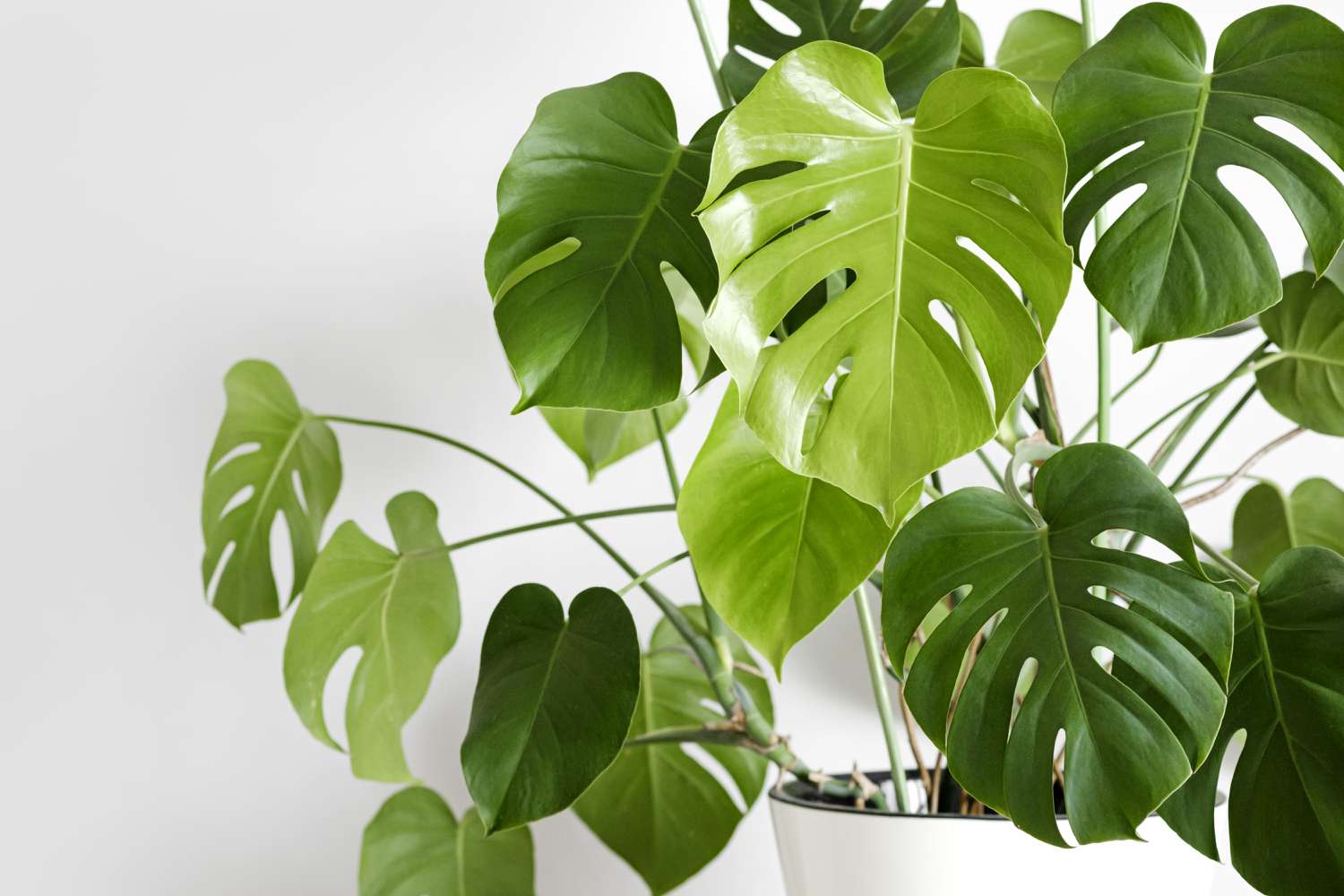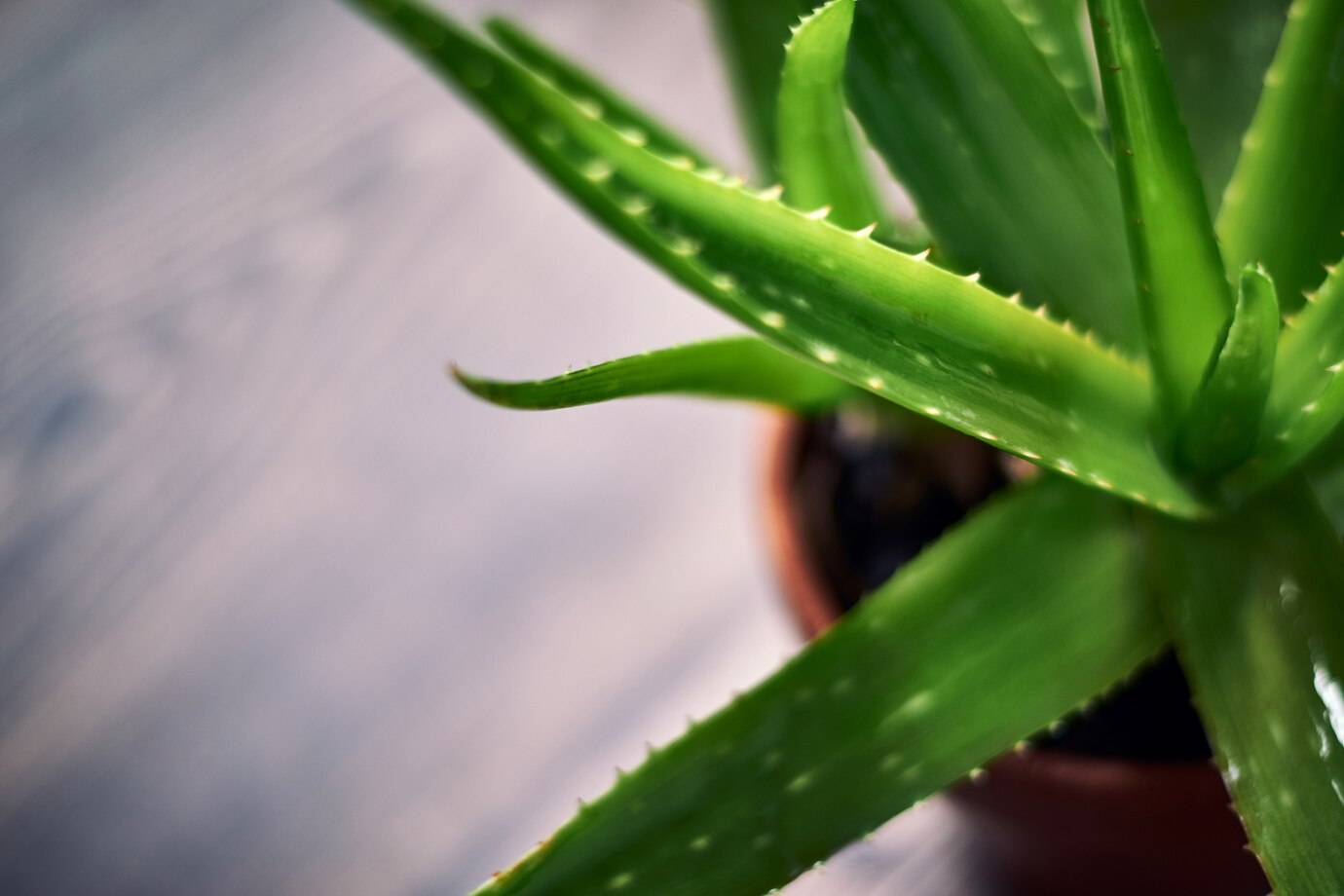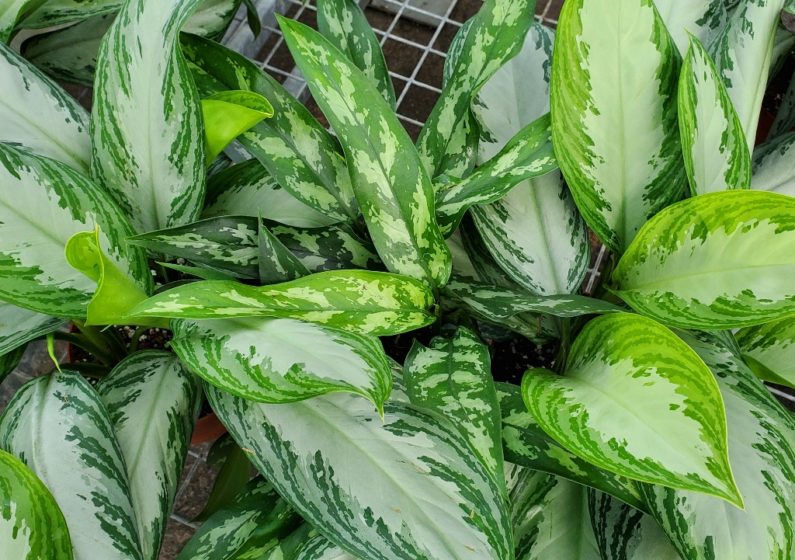Bamboo plant, also known as Chamaedorea seifrizii. It’s an indoor palm tree that resembles bamboo. It’s a popular choice for houseplants because it doesn’t require full sun to thrive. If you have a north-facing window that isn’t ideal for most plants, a bamboo palm will do just fine with partial sun or shade, as long as it’s in moist, well-drained soil and temperatures between 65 to 80°F.
Another great feature about Bamboo palms is that they are non-toxic. So, they’re safe to keep if you have pets or children. You can enjoy their lush, deep green leaves without worry, bringing a tropical feel to your space.
Table of Contents
ToggleHow to Grow Bamboo Palm
Bamboo palm thrives in shady or partially shaded spots. If you’re wondering how to grow bamboo palm successfully, the key is to keep the compost moist during the growing season without letting it become soggy. The bamboo palm has no significant drawbacks as long as you have enough space for it to grow. While it typically reaches a height of around 2 meters, it can grow up to 4 meters after many years.
Where to Grow Bamboo Palm
Bamboo palm thrives in light shade and can tolerate low light levels. It’s also suitable for bedrooms and other rooms with sufficient shade. If you place it in deep shade, it should be moved to a brighter spot during winter to ensure it continues to grow well.
This palm prefers moderate humidity, so it’s perfectly happy in typical household conditions. However, it can also thrive in more humid rooms, like a shaded bathroom. Just keep it away from cold drafts and heat sources like radiators.
How to Plant Bamboo Palm
When your bamboo palm arrives, it should be fine in its pot and can be placed into a decorative outer container unless it’s severely root-bound. It can stay in the same pot for two to three years, as it doesn’t mind being slightly root-bound.
its a good idea to repot your plant into a larger container in spring. Use a peat-free, soil-based compost with added perlite to improve drainage. And ensure your bamboo palm has enough space to grow and thrive.
Bamboo Palm Care Tips
Light
Unlike many other types of palm, bamboo palms typically don’t tolerate full sun. They prefer partial sun but can thrive in full shade, making them a versatile option for dimmer spaces.
Soil and Water
Make sure to plant in a well-drained soil. While these plants prefer the soil to stay consistently moist, they won’t tolerate standing water. Water your bamboo palm one to three times a week, depending on the humidity and temperature.
Fertilizer
Bamboo palms enjoy being fed, but it’s important not to overdo it with fertilizing. The best approach is to apply a granular slow-release fertilizer in the growing season. Avoid fertilizing in Autumn and winter, as the plant’s growth slows during these cooler months.
Pruning
Bamboo palms are low-maintenance and rarely require pruning. To keep the plant looking tidy and healthy, simply remove any dried leaves or damaged foliage.
Potting and Repotting Bamboo Palm
Container bamboo palms need space to grow, so if they start looking cramped in their current pot, moving them to a larger container is a good idea.
Common Pests and Plant Diseases
Bamboo palms often have problems with pests, particularly spider mites and mealybugs, which target the leaves. If you notice green leaves turning yellow and see mites on the underside, wash the plant with soapy water to remove the pests and help keep it healthy.
Common Problems With Bamboo Palm
While bamboo palm is generally an easygoing, low-maintenance houseplant, it’s not entirely immune to issues. Here’s a look at potential problems and how you can resolve them.
Leaves Turning Brown
If the leaves of your bamboo palm turn brown, it could be a sign of sun scorch, which happens when the plant gets too much direct light. Remove the brown leaves and move the plant to a shady spot with less direct sunlight. Brown leaves can also be a natural sign of aging, which can’t be fixed, but you can simply remove the affected leaves to keep the plant looking healthy.
Drooping Leaves
Drooping leaves are a sign of overwatering. Ensure the plant is in a container with proper drainage, and reduce watering to once a week. The soil should remain moist, but avoid making it soggy.
FAQs
Why does my bamboo palm keep dying?
If your bamboo palm has yellowing leaves or mushy brown stems, you might be overwatering it, which can lead to root rot. Ensure the soil is free-draining. Reduce watering and wait until the compost is completely dry before watering again.
Dry, crispy foliage means underwatering or too much direct sunlight. Ensure your bamboo palm is shaded, and water it as soon as the top of the compost feels dry.
Can I cut the top off a bamboo palm?
You can prune dying leaves near the stem to keep your bamboo palm looking tidy, but avoid cutting the top or crown of the plant.

